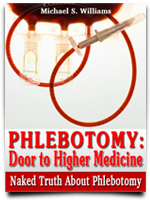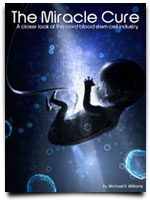Twelve years ago Dionne Wetzel donated her daughter’s cord in Michigan Blood Cord Blood Bank. The decision to donate a cord blood was her way of saving a life which won’t hurt her or her baby. Her donation was marked as the 100th unit to be stored by the center. Luckily, the donated cord blood was not put into nothing. It was put into use as its stem cells were transfused to a fourteen-year-old boy who’s battling leukemia.
The Michigan Blood Cord Blood Bank (MBCBB) is named as the first public cord blood bank in Michigan and the 43th worldwide. It has a twelve-year history of collecting, processing, storing and distributing cord blood for transfusion. As of this writing, it houses 3,600 units and 100 of which are sent out to transplant centers around the world.
Right now, the MBCBB persuades fourteen hospitals in the state to participate in the cause. Participating hospitals include Zeeland, Clare, Grand Rapids, Holland, Midland, Grand Haven, Niles, Muskegon, St. Joseph, Saginaw and Traverse City. Dr. LeeAnn Weitekamp is the medical director of the bank and she said,
“Over 70 percent of our transplants have gone outside the United States, like Turkey and France. We’re making a global difference.”
“Do we need more cords? Yes, especially for the ethnic minority populations, especially African Americans. They have much more diversity in their tissue type and so availability for that population is more difficult.”





Cord Blood Banking Facebook
Blood Donation Twitter